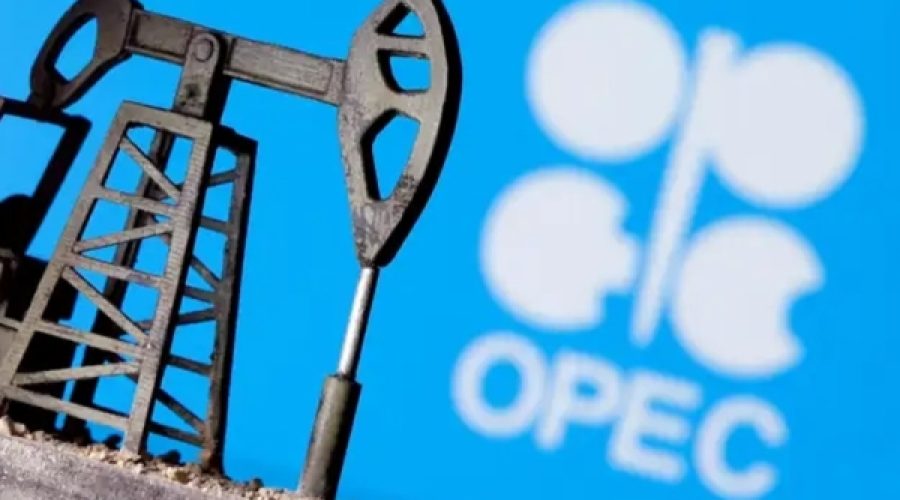OPEC+ Eyes Further Oil Output Increase: What It Means for Investors and Businesses in Oman
Saudi Arabia, Russia, and six other key members of the OPEC+ alliance are set to approve a further increase in oil production during a virtual meeting scheduled for Sunday. This move reflects the group’s ongoing strategy to expand its market share.
Analysts anticipate a modest production rise as the “Voluntary Eight” (V8) — comprising Saudi Arabia, Russia, Iraq, the United Arab Emirates, Kuwait, Kazakhstan, Algeria, and Oman — convenes online. Since April, the V8 has collectively boosted output by approximately 2.7 million barrels per day (bpd).
Emily Ashford, an energy analyst at Standard Chartered Bank, expects an increase of 137,000 bpd to take effect in December, consistent with last month’s decision.
OPEC+ has accelerated output increases more rapidly than many expected at the start of the year. This shift follows an extended period when producers imposed cuts to reduce supply and support oil prices. However, with rising competition—particularly from US shale oil producers—gaining a larger share of the oil market has become the alliance’s primary focus.
Ole Hvalbye, a commodities analyst at SEB Bank, noted that this strategy “is working to a certain degree.” He highlighted that US shale production “is not increasing anymore, it’s going sideways,” accompanied by decreased investment in new US production.
The V8 group is likely to justify the production increase by pointing to “low oil inventories” globally. According to the US Energy Information Administration (EIA), crude oil stocks in the United States have recently fallen sharply, helping Brent crude prices to remain steady around $65 per barrel.
Despite rising supply, this announcement took some by surprise, as inventories were expected “to start stockpiling,” Hvalbye said. Since September, volumes of oil stored at sea have surged sharply—exceeding levels seen during the COVID-19 pandemic—and are in transit to ports.
While increasing production risks driving prices down and reducing profits, analysts argue that not raising production quotas could trigger investor panic. Ashford explained that it would signal OPEC+ sees insufficient market demand to absorb more barrels, which would be bearish for prices. She also noted that a formal quota increase of 137,000 bpd would likely translate to lower actual output, thus limiting price impact.
Looking ahead, some V8 members that have previously exceeded their quotas will need to make up for overproduction. Russia, in particular, is reported to be “already at full capacity,” Ashford said.
In late October, US sanctions targeted Russia’s two largest oil producers, Rosneft and Lukoil, creating additional pressure on Russian oil exports. The ultimate effect of these sanctions remains uncertain, depending largely on the strictness of secondary sanctions imposed on foreign financial institutions dealing with the firms.
Patrick Pouyanne, CEO of TotalEnergies, warned that the market may be underestimating the impact of US sanctions on these two major Russian companies, which are central to the country’s oil trade. He suggested a significant cut in Russian supply could support oil prices.
However, many analysts remain cautious, noting Russia’s past success in circumventing Western sanctions. Additionally, the United States is unlikely to penalize Russian oil purchases by China—the top importer of Russian oil—especially given the recent agreement between the US and China aimed at easing trade tensions.
Special Analysis by Omanet | Navigate Oman’s Market
OPEC+’s strategic increase in oil production signals heightened competition for market share, potentially stabilizing prices around $65 per barrel despite supply climbs. For businesses in Oman, this presents opportunities to leverage steady oil revenues, but also calls for caution due to inventory fluctuations and geopolitical risks from sanctions on key members like Russia. Smart investors and entrepreneurs should closely monitor OPEC+ quota adherence and global inventory trends, while exploring diversification to mitigate risks from market volatility and political uncertainties.



